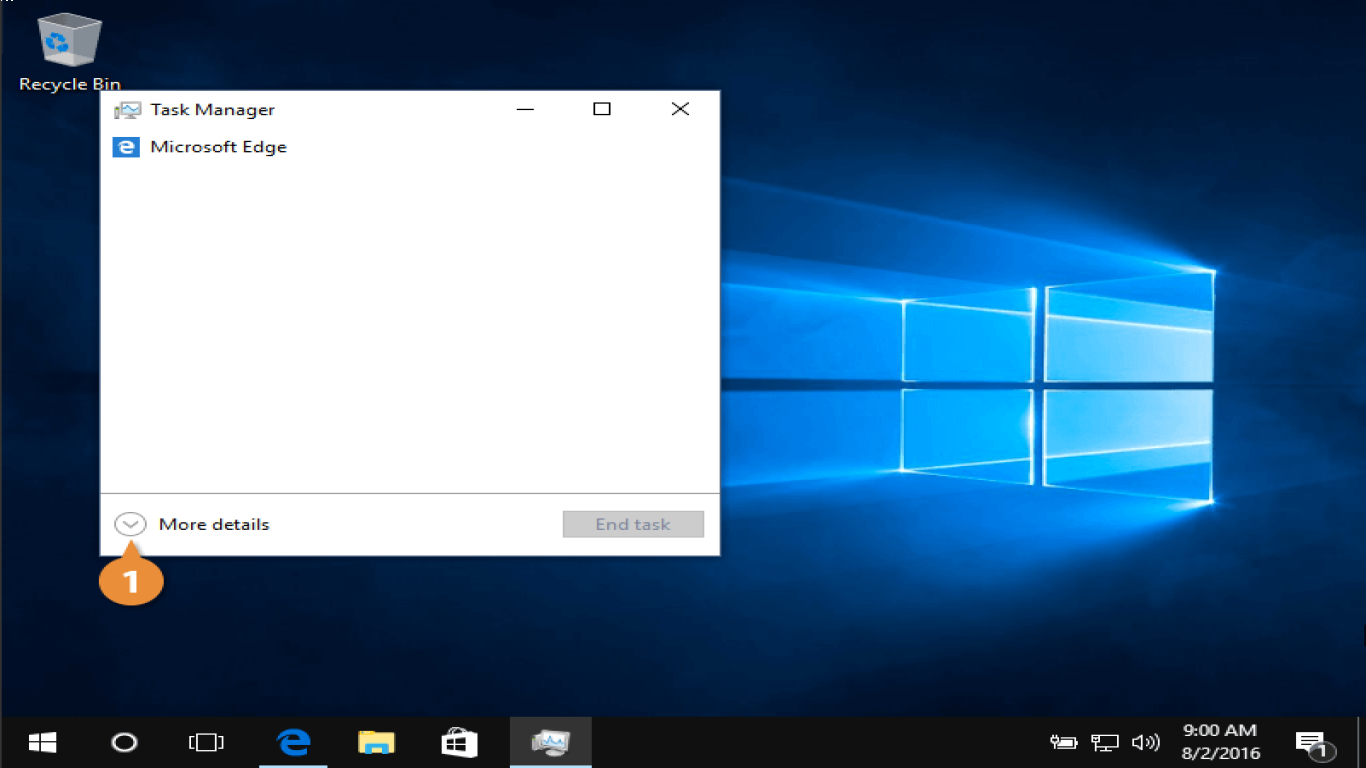How to Use Task Manager Effectively in Windows 10
How to Use Task Manager Effectively in Windows 10
Windows 10 offers a powerful tool called Task Manager, which can help you manage your computer’s performance and processes like a pro. Whether you're troubleshooting a slow system or just curious about what’s running in the background, knowing how to use Task Manager effectively is an essential skill.
Understanding Task Manager: The Basics
Task Manager in Windows 10 is like your backstage pass to everything that's happening on your computer. It’s officially your go-to tool for checking performance, monitoring network activity, managing processes, and even troubleshooting unresponsive programs. But, how do you get started with it?
Firstly, to access Task Manager, you can simply press Ctrl + Shift + Esc simultaneously. Alternatively, right-click on the taskbar and choose "Task Manager" from the context menu. Easy peasy!
Once you're in, you'll find several tabs: Processes, Performance, App History, Startup, Users, Details, and Services. Each of these plays a unique role in helping you manage your windows experience.
1. The Processes Tab: Your Overview
The Processes tab is your dashboard to every app and background process currently running. It provides a real-time view of CPU, memory, disk, network, and GPU usage. So, whenever you feel like your computer's fan is on a supersonic mode, check here first.
- Keyword Insight: Stuck apps, high CPU usage, managing memory
- Long-tail Keyword Usage: How to stop a process in Task Manager
Here’s how you can utilize this tab effectively:
- Identify Resource Hogs: Click on the CPU or Memory column to sort applications by resource usage. This allows you to spot any app that might be consuming excessive resources.
- End a Task: If an application is unresponsive, simply right-click it and select "End Task". This is like the ultimate power move to shut down apps that aren't playing nicely.
2. Monitoring Performance
The Performance tab gives you a visual representation of your PC’s performance including CPU, memory (RAM), disk(s), network, and GPU. It’s basically a heartbeat monitor for your PC.
- Keyword Insight: Monitoring system performance, analyzing PC bottlenecks
- Long-tail Keyword Usage: How to use the Performance tab in Task Manager
Imagine your computer slowing down – you can quickly hop to this tab and see which component is under stress and why:
- CPU & Memory: Check if your CPU is maxed out or if you’re running low on RAM.
- Disk: If it's thrashing, it might be time to investigate running applications.
- Network: Monitor your internet usage to see if an unexpected app is hogging your bandwidth.
3. App History: Tracking Application Usage
Next up is the App History tab. This one's often overlooked but can be pretty useful, especially if you're curious about the resource usage of your Microsoft Store apps.
- Keyword Insight: Application usage tracking, manage app history
- Long-tail Keyword Usage: Understanding app history in Windows Task Manager
Here's what you can do with it:
- View Usage: It provides a history of CPU time and network usage over the last month.
- Identify Heavy Apps: See which apps are consuming the most resources, helping you decide if they're worth keeping around.
4. Startup: Control Boot Programs
The Startup tab is crucial for improving your boot time. Here you can see all the programs that run when your computer boots up, along with their impact on boot time.
- Keyword Insight: Improving startup time, disabling startup programs
- Long-tail Keyword Usage: How to speed up boot time in Windows 10
Here's the magic:
- Manage Startup Impact: Right-click programs and disable any unnecessary ones to speed up your boot time.
5. Users and The Detailed View
In the Users tab, you can see which users are logged in and their resource usage. The Details tab is similar to the Processes tab but provides more advanced options for those who want to dig deeper.
- Keyword Insight: Analyzing user resource usage, advanced process management
- Long-tail Keyword Usage: How to use Details view in Task Manager
Conclusion: Master the Task Manager
Mastering Task Manager is like unlocking the secrets to smooth computing. Whether it’s closing unresponsive programs, managing startup apps, or monitoring system performance, Task Manager is an invaluable tool in your Windows arsenal.
Ultimately, understanding how each tab and feature works will empower you to keep your computer running smoothly, troubleshoot issues more efficiently, and optimize its overall performance.
FAQ: Your Task Manager Questions Answered
- How do I open Task Manager in Windows 10?
- Press
Ctrl + Shift + Esc, or right-click the taskbar and choose "Task Manager".
- How can I force a program to close using Task Manager?
- Go to the Processes tab, right-click the unresponsive app, and select "End Task".
- Why is my CPU usage so high?
- Check the Processes tab to identify which applications are using the most CPU resources.
- How can I improve my computer’s startup time?
- Use the Startup tab to disable unnecessary programs that run on boot.
- What’s the difference between Processes and Details tab?
- Processes give a simpler view of apps and background processes, while Details offer more in-depth data for advanced users.
By effectively using Task Manager, you not only manage your system better but also improve your trouble-shooting and maintenance skills, ensuring your system remains in top shape!
#taskmanager #windows10 #effectiveuse #productivitytips #pcoptimization
